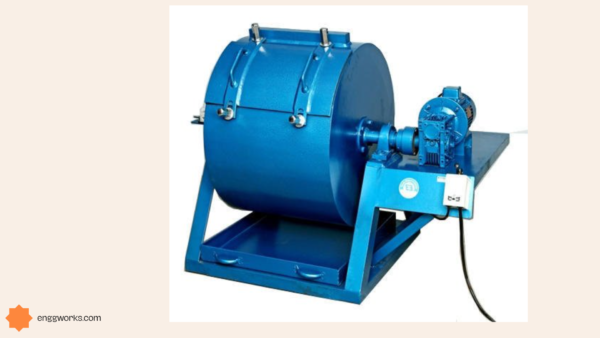A) Tensile stress
B) Compressive stress
C) Shear stress
D) No stress
Explanation:
As per theory of thermal stresses, when a body is restricted from free expansion or contraction, it develops internal stresses when subjected to change in temperature.
If a constrained part is heated, it tends to expand. But restriction to movement causes development of compressive stresses within the body.
On the other hand, tensile stresses develop when a constrained body is cooled.
References:
- Mechanics of Materials, Gere & Timoshenko
- IS 4592:2022 – Code of Practice for Design and Construction of Foundations for Transmission Line Towers and Poles
Therefore, option B is the correct answer. Heating of a constrained part leads to development of compressive thermal stresses within it.


